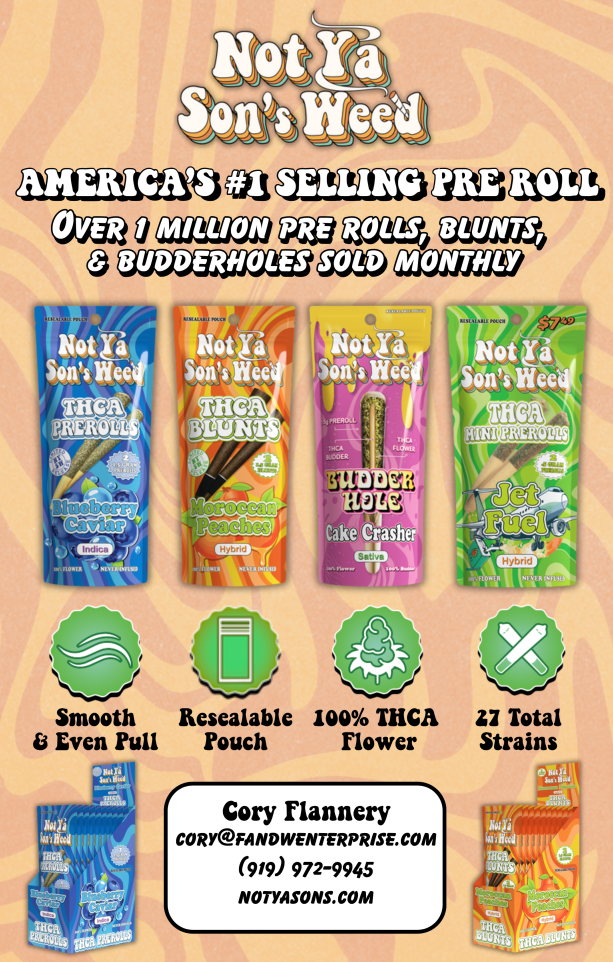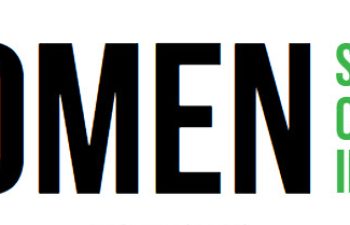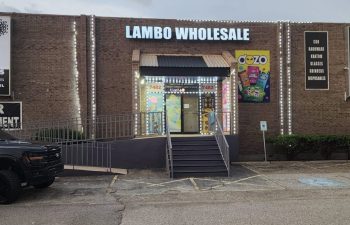Lessons in Content Creation from a Show About Hicks & Hockey Bros
I’ve been thinking a lot about Letterkenny lately. If you’re not familiar, Letterkenny is a Canadian comedy series about a fictional Southern Ontario hamlet of the same namesake, in which a tight-knit group of foul-mouthed farmers cope with the tedium of rural life with barroom brawls and quick-witted quips that belie the slow pace of small-town life. Originally produced by Canadian streaming giant, Crave, this bingeable gem of the small screen is available for Yankee consumption on Hulu and comes highly recommended by yours truly. It’s light-hearted, well-written, and its brand of comedy is as Canadian as it gets, deftly weaving the juxtaposition of subtlety and absurdity championed by Trailer Park Boys and Kids in the Hall with a rapid-fire wordplay unique to the show that packs enough linguistic prowess to dazzle the headiest of critics.
If you’re wondering where the hell I’m going with this, just stay with me; I promise there is a point to be made here, and I’m getting too it soon. Besides, you just learned about a television show that might change your life, so if you think about it, this article is already a success. I’ve given you a gem; the least you can do is stick around for the payoff. Now, back to my story.
Our goal is to create a monthly publication of such substance and quality that it transcends the boundaries of genre and niche. If it’s not able to sit on the shelves of Barnes & Nobel between Weed World and Thrasher Magazine and hold its own, we have yet to live up to our potential.
I first encountered the show while visiting my family in Virginia for Christmas in 2019. I had been living in Canada with my wife for three years at that point and had spent the majority of that time in Southern Ontario—yes, the same region in which the show is set. My youngest brother brought me into the fold of Letterkenny fandom on the second evening of our visit by all but forcing me to sit down and take in a few episodes in my parents’ living room, a veritable museum of turn-of-the-century relics, complete with a television that was as deep as it was wide, housed in a cabinet, and surrounded by a sprawling VHS collection, all of which were G-rated, and half of which had been produced by religious organizations trying to convince children and teens that Jesus could be fun too.
As we sat there on the couch, muffling our laughter with throw pillows whose best days had coincided with the first invasion of Iraq, a thought hit me that helped me grasp a deeper insight about the series, as well as the nature of quality media in general. There was my brother, who had never once set foot in Canada, laughing hysterically as each punchline dropped, despite having already seen the episode in its entirety more than once already. He loved the show, going so far as to hail it as a work of genius, yet half of the jokes were completely lost on him—a fact that was, well, completely lost on him. And that is the true genius of the show. From the cold open to the closing credits, there is a constant stream of hilarity with universal appeal; one need only speak English to catch it. However, within that, there is an undercurrent that an American audience could never hope to catch—a layer dense in cultural references, cliches and playful stereotypes that only land if you’re Canadian, or at least, a resident therein. You had to be there, as they say, and I’ll be goddamned if that phrase has ever applied with such unique poignancy.
In media, this is the difference between being good and being great; between the cultivation of an appreciative audience and the building of a fandom that catapults you into a form of immortality. And this, dear readers, is what we envision for the publication you now hold in your hands. To understand my point, though, you need to forget the variables and focus instead on the formula. Most of you are likely picking up what I’m putting down. To the stragglers, take another rip and try doing the math again. It’ll eventually add up.
Our goal is to create a monthly publication of such substance and quality that it transcends the boundaries of genre and niche. If it’s not able to sit on the shelves of Barnes & Nobel between Weed World and Thrasher and hold its own, we have yet to live up to our potential. If we’re doing our job correctly, anyone with an open mind and adventurous spirit should be able to pick up a copy of HQ, flip through the contents, and at the very least, walk away entertained and informed—if not inspired to embrace counter-cultural entrepreneurship as a life calling. Ultimately, if we do our jobs correctly, within a couple of years, we’ll be breaking stories that get picked up by WaPo and the NYT. Some may scoff and say I’m aiming too high, but I say f-ck it; we’re in the business of getting high.
But such heights require all the more fidelity to our core identity; a tree can’t grow without healthy roots, etc. That’s where the “Letterkenny Effect” comes in, a term I just invented, but we now understand refers to the employment of cultural layering and accessible complexity in our editorial approach. That is the key to achieving greatness; by never forgetting who we are, while still being able to entertain the masses—but never pandering to them.
We are a niche publication for a niche industry—an industry that is uniquely wrapped in a niche culture. In fact, you could argue that this industry is as much culture as it is commerce, which isn’t something you could say about any other sector—at least none that I can think of. We are an industry born out of a movement that first sprouted in the Haight-Ashbury district of San Francisco in the mid ‘60s and then was born again, so to speak, on Dead lot blankets in the late ‘80s and early ‘90s. The industry then coalesced just as the 20th century came to a close, thanks in no small part to the inception of this publication, along with that of CHAMPS Trade Shows. While this isn’t the cannabis industry in the purest sense of that term, it is its predecessor and catalyst, though it’s in constant danger of being swallowed up by the same.
It’s an industry founded around an idea more than a product or genre; it could be a tobacco shop, a vape shop, or even a record store, but none of those categories neatly fit within this umbrella by default. There’s something else to how we define it—something intangible. It’s about the attitude—and equally, the altitude.
If these words resonate with you, know this: We get you. We see you. We’re here for you. In fact, we can’t exist without you. It is our genuine hope that as each issue goes to press, we’ve stretched our potential a little more to bring you content that engages, educates and entertains, but most importantly, inspires you to take your business as well as your life to the next level along with us.
My call to action to you, dear reader, is threefold. First, join us. Enable us to be more than a space to sell ads. Empower us to empower you, by reading, by absorbing and by pondering the words and concepts we’ve laid out for you in the ever-growing spaces between those ads. Allow us to be that rising tide that lifts all boats. Second, don’t let this be a one-sided conversation. The era in which a wall existed between creator and consumer has long since ended. Engage with us, whether by email, by socials or even by a phone call. The better we can understand your needs, the better we can meet them—and the better we meet them, the more we all succeed. Finally, go check out Letterkenny. You deserve a laugh.





















